Located in the small town of Nashtifan in northeastern Iran, the ancient windmills are a testament to the ingenuity of our ancestors. These windmills, some of which are still operational, have been harnessing the power of the wind for over a thousand years, making them among the oldest of their kind in the world.
Get your dose of History via Email
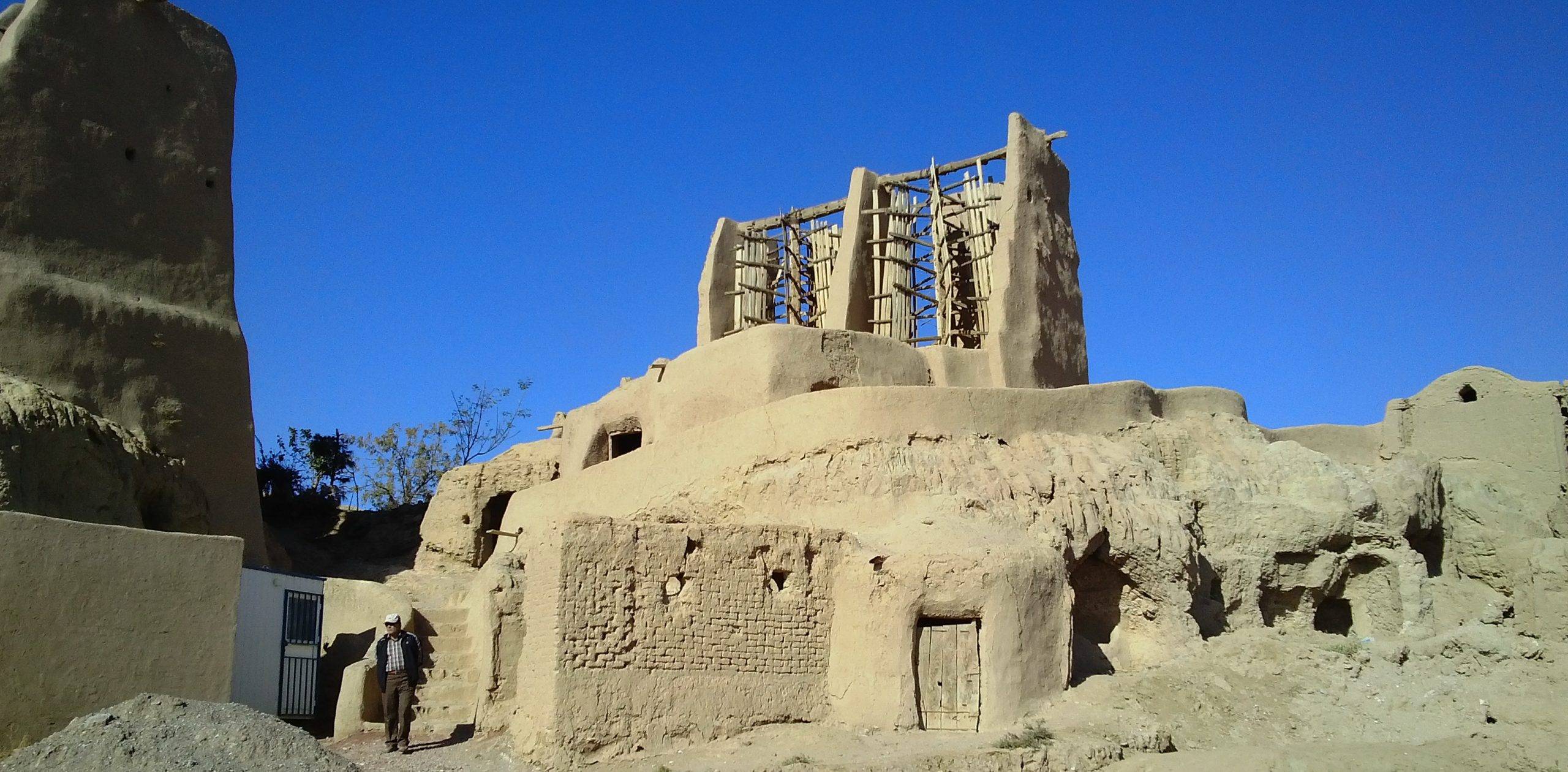
Historical Background
The windmills of Nashtifan date back to approximately 1,000 AD, during the era of the Persian Empire. The name Nashtifan is derived from the words “nash” meaning “straw” and “tifan” meaning “storm”, which aptly describes the region’s windy conditions. The windmills were built by the ingenious people of this civilization, who harnessed the power of the wind to grind grain and perform other tasks.
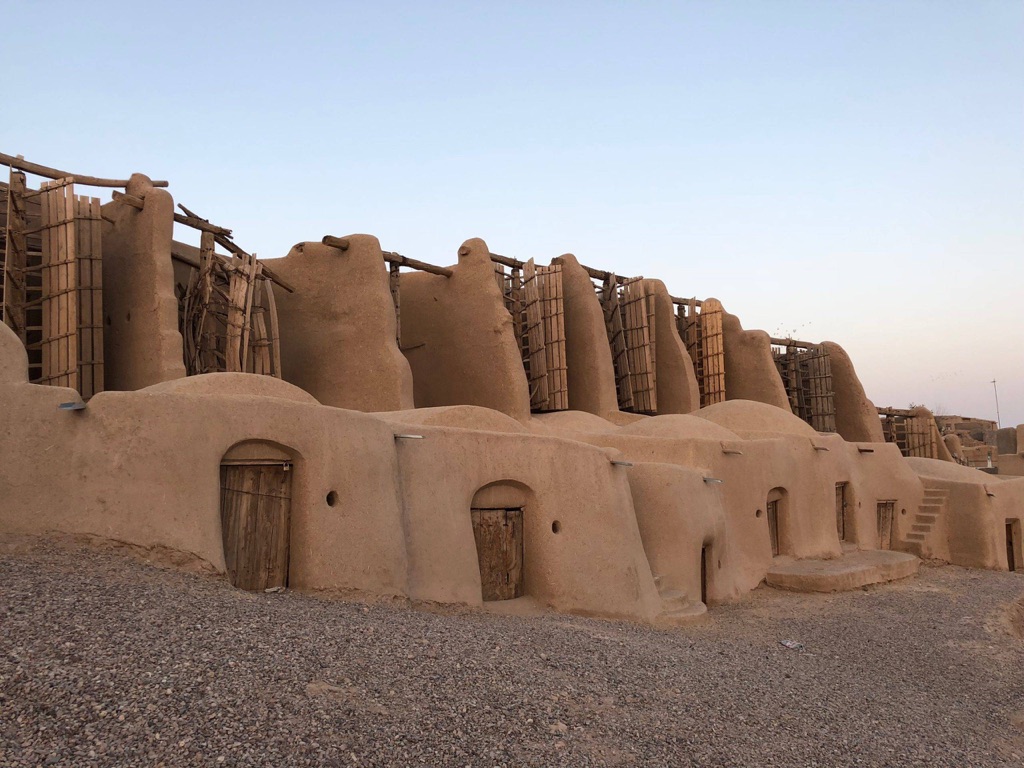
Architectural Highlights
The ancient windmills of Nashtifan are vertical axis windmills, a design that is unique to the region. They are constructed from natural clay, straw, and wood, materials that were readily available in the area. Each windmill stands at about 20 meters high, with a diameter of about 3 meters. The windmills are arranged in a line, with each one’s blades connected to the next, allowing them to turn in unison when the wind blows. The wind in the region can reach speeds of up to 120 kilometers per hour, which the windmills are designed to withstand.
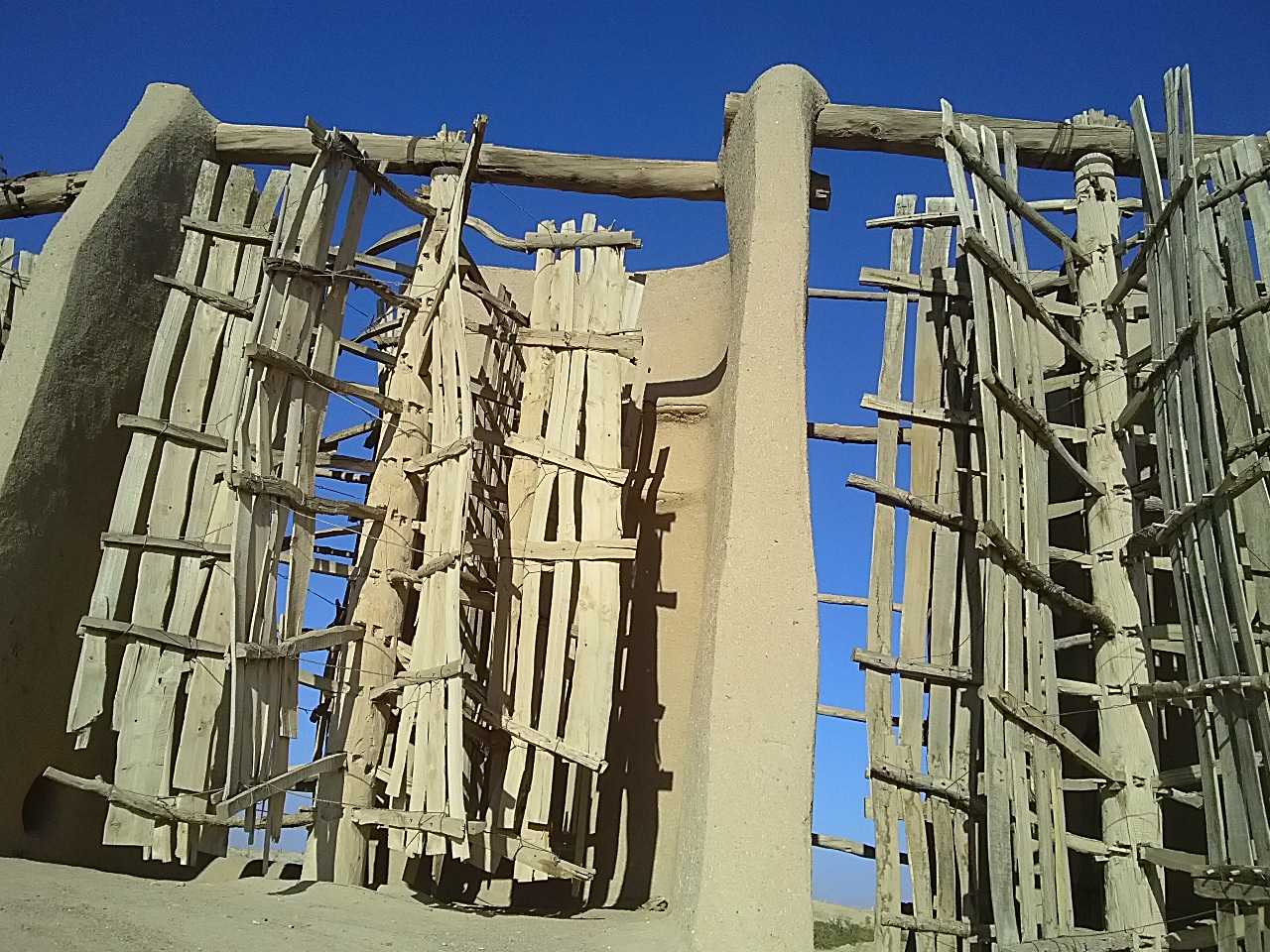
Theories and Interpretations
The primary purpose of the windmills was to grind grain. The wind would turn the blades, which in turn would rotate a central shaft. This shaft was connected to a grindstone, which would then grind the grain. The design of these windmills is incredibly efficient, with the wind’s energy being directly transferred to the task at hand. The dating of these windmills has been done using historical records and architectural analysis. The fact that these windmills are still operational today is a testament to the skill and knowledge of their creators.
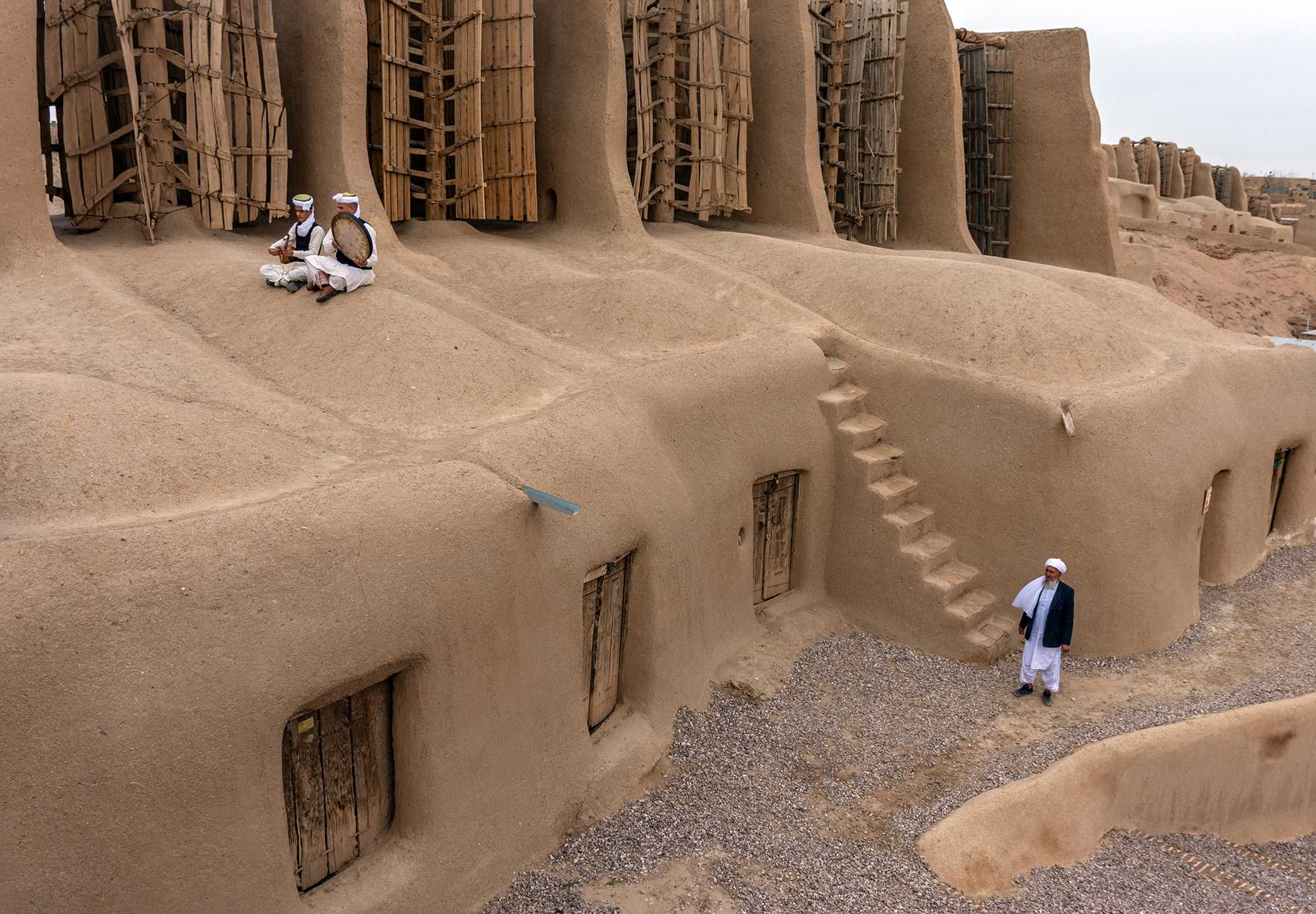
Good to know/Additional Information
Today, the ancient windmills of Nashtifan are a popular tourist attraction. They are one of the few remaining examples of this type of windmill in the world, and they provide a fascinating glimpse into the past. The local government has taken steps to preserve these ancient structures, recognizing their historical and cultural significance. Despite the advent of modern technology, the windmills are still used by the locals for grinding grain, a testament to their enduring utility and the timeless wisdom of our ancestors.
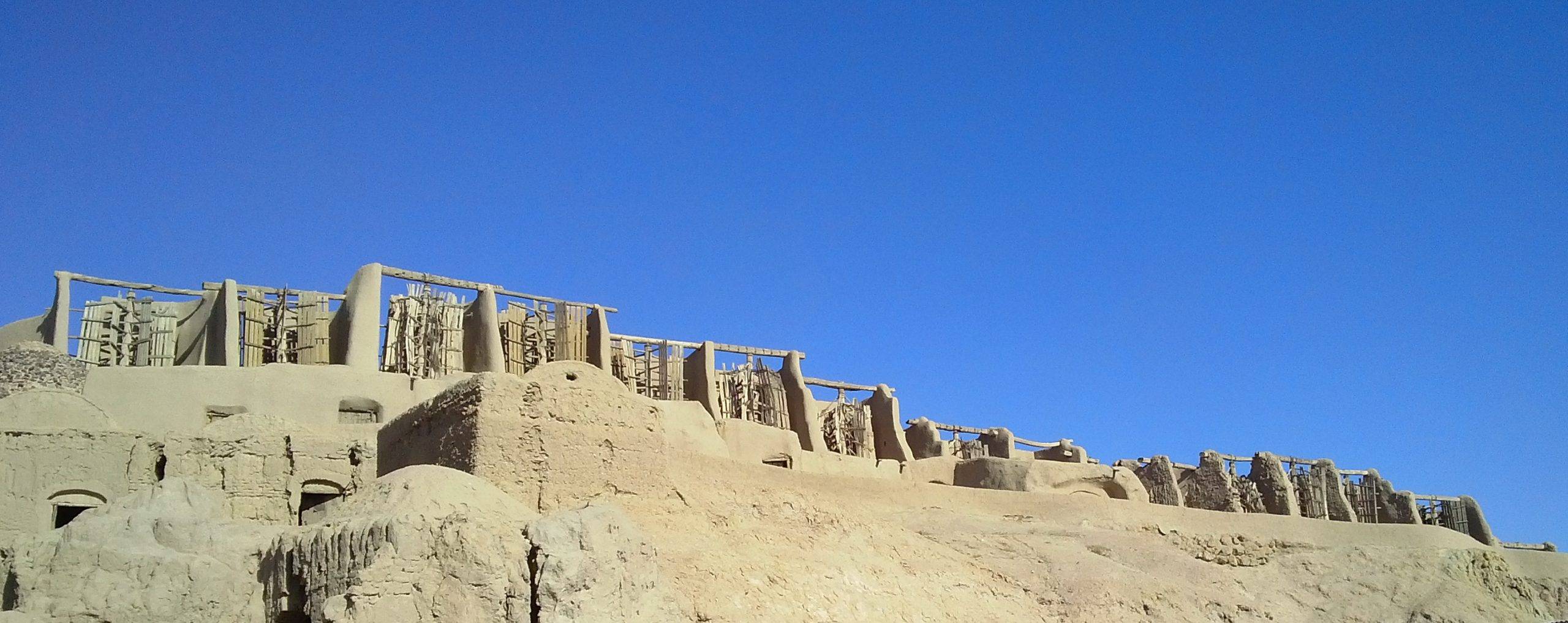

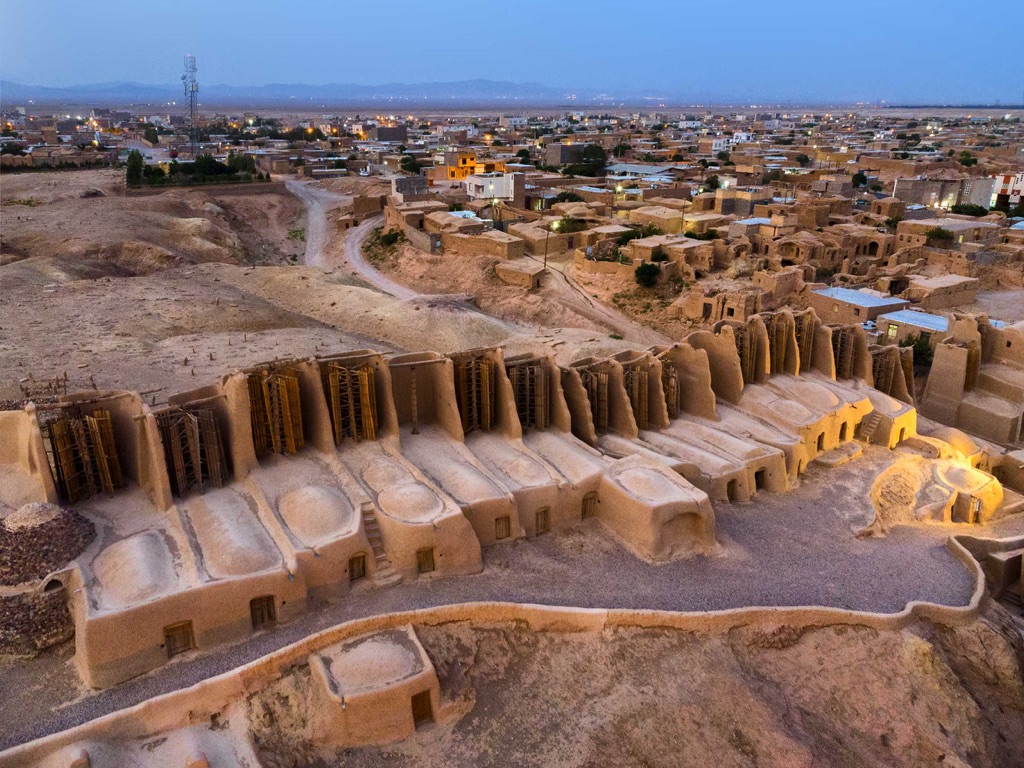
What a wondergul example of historical technisch in connection with agriculture!
This is really beautiful I love it. It comes from our ancient ancestors. Been around for centuries..